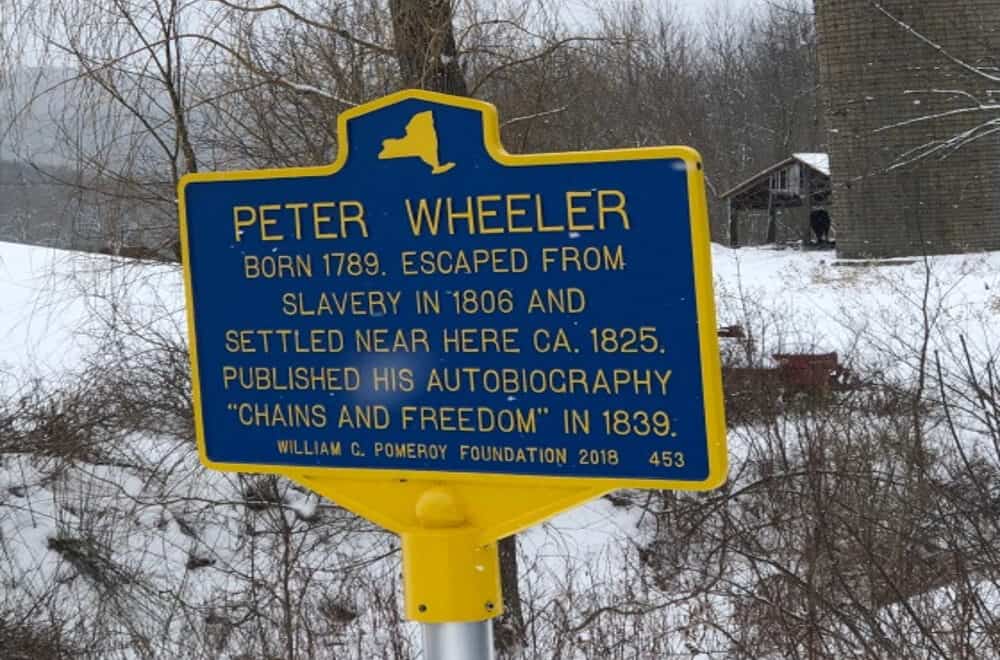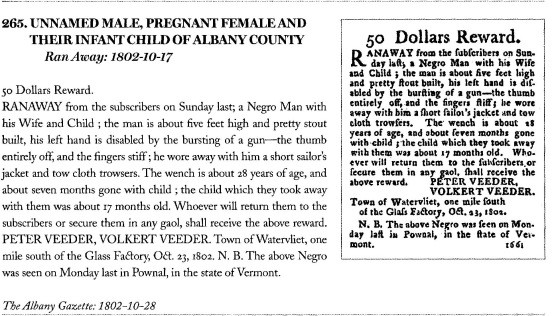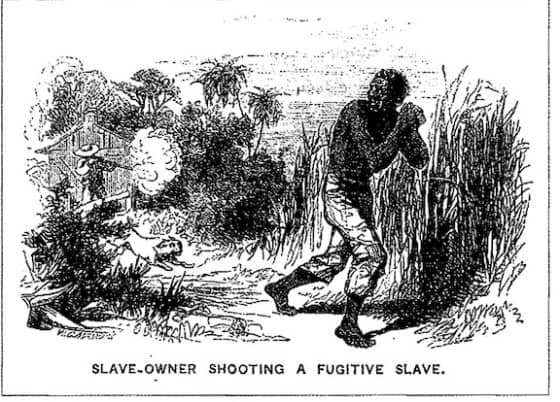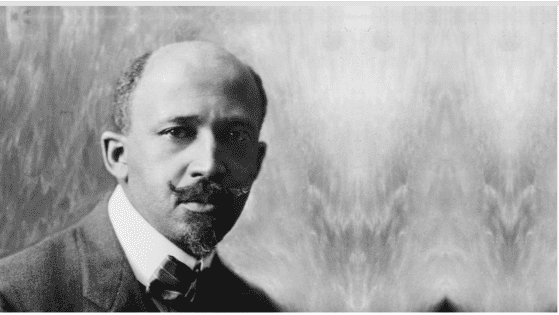Local History

Revisiting Slavery in Columbia County
It’s February, Black History Month, and we’ve revisited and updated our 2021 post about slavery in the Hudson Valley. New sources helped us to better understand not just how widespread and tenacious the institution of slavery was in the Hudson Valley, but also to appreciate the magnitude of the struggle for freedom fought by those held in chattel slavery. We highly recommend the book, “In Defiance: Runaways from Slavery in New York’s Hudson. River Valley 1735-1831.” It compiles hundreds of fugitive slave notices from 18th and early 19th century newspapers and creates a portrait of the courage, ingenuity, and resourcefulness of those who fled for their freedom. It is available at the Roe Jan Community Library. Below is our original blog, annotated with new information and images from “In Defiance” and from the 1790 US Census.
Black History Month spurred us to investigate the institution of slavery in the Hudson Valley and, more specifically, Hillsdale. Like most Americans, we’d been inclined to think of slavery as largely a Southern institution. But it was hugely important in the colonial North. From the earliest days of Dutch occupancy right up to the Civil War, much of New York State’s bustling economy benefited directly from traffic in enslaved humans.
In the 17th and 18th centuries New York was second only to the southern states in its number of enslaved people. In 1703, 42 percent of New York City’s households had slaves, much more than Philadelphia and Boston combined. Among the cities of the original 13 colonies, only Charleston, South Carolina, had more.
In the Hudson Valley, the first enslaved men were brought to Fort Orange (Albany) in 1626, only two years after it was settled, by the Dutch West Indies Company. By the mid 1600s Dutch ships were bringing thousands of men, women, and children in chains to New Amsterdam, many of whom were sold to upstate landowners to work on the vast farms and manor holdings of the Anglo-Dutch elite. Enslavement was not only a source of cheap labor (since settlers were hard to come by in the Hudson Valley) but also cheap capital.
In colonial Columbia County, the majority of enslaved people were concentrated in the older river towns of Kinderhook, Clermont and Claverack, held for the most part by the Dutch, the Germans, and Anglo-Dutch landholders. In 1790 Kinderhook, roughly a quarter of the white households owned slaves. Robert Livingston, the third lord of the Manor, ruled a literal plantation, where 44 enslaved people worked at his Ancram ironworks. In 1786 there were more than 1,300 enslaved in Kinderhook, Claverack, and Clermont, comprising 10 to 13 percent of those towns’ total population.
In sharp contrast, the Yankee-settled hill towns of Hillsdale and Canaan along the Massachusetts border had far fewer enslaved people. In the first Federal census of 1790, enslaved Africans counted for less than one percent of the population of Hillsdale and Canaan. It is tempting to imagine that the hill town Yankees – emigres from Massachusetts, which had abolished slavery in 1784, and Connecticut, which had passed an act for Gradual Abolition in 1784 — were more high-minded than their riverfront neighbors. But more likely they were just poorer, working as tenant farmers on the Livingston or Van Rensselaer manors, a condition of servitude unlikely to enrich them to the point where they could afford to buy enslaved people. Those who weren’t tenant farmers were considered “squatters” by the Van Rensselaers and Livingstons and were in constant danger of being chased back over the border by British troops at the behest of the great landowners.
Americans won their freedom from Great Britain in 1785 but did not extend that freedom to people of color (or to women, for that matter). The first halting steps toward abolishing slavery in New York were being taken as early as 1785 but were heatedly contested. Columbia County was split on emancipation. The anti-abolitionists were rooted in the riverfront Dutch/German communities where slavery was a fundamental part of the agricultural economy. The pro-abolitionists encompassed the populist Baptist militants of the eastern hill towns of Canaan and Hillsdale, where slavery was much less entrenched, and the thriving city of Hudson, settled by Quaker whalers from New England (although ads placed by Quaker “Proprietors” Seth, Lemuel, and Gilbert Jenkins are to be found in In Defiance).
 That is not to say there were no enslaved people in Hillsdale. The 1790 Census recorded 29 in Hillsdale, comparatively fewer than the riverfront towns of Kinderhook (978) and Claverack (386). The chart below lists Hillsdale slaveholders and the number of enslaved persons in their households.
That is not to say there were no enslaved people in Hillsdale. The 1790 Census recorded 29 in Hillsdale, comparatively fewer than the riverfront towns of Kinderhook (978) and Claverack (386). The chart below lists Hillsdale slaveholders and the number of enslaved persons in their households.
In the early 19th century Charles McKinstry, a prominent Hillsdale figure and member of the NY State Legislature, held five in enslavement, and Ambrose Spencer (of Spencertown) held three. But both men, conscious of evolving anti-slavery sentiment, voted against their financial interests to support the abolishment of slavery in New York.
After nearly 15 years of State Legislature squabbling, New York passed a gradual emancipation act in 1799. It freed no one immediately; only children born to enslaved people after July 4, 1799, would be liberated, and only after they served a lengthy indenture of many years. Practically, the system amounted to a form of remuneration for lost slaves since freed children were often bound back to their former masters. An 1817 law went further, freeing slaves born before July 4, 1799, but it did not go into effect until July 4, 1827. And children born to enslaved mothers before July 4, 1827, would be indentured for 21 years. These two laws reflected compromises with pro-slavery financial interests and were intended to protect slave owners by drawing out emancipation over generations.
Nevertheless, New York became a destination on the Underground Railroad for escapees fleeing slave states in the Mid-Atlantic and South. The Underground Railroad in Columbia County had stations in Hudson, Chatham, and Austerlitz and hid fugitives coming up the Hudson River seeking freedom in British North America (present-day Canada).
In Defiance: Runaways from Slavery in New York’s Hudson River Valley 1735-1831, collects 607 advertisements from newspapers across the Hudson Valley that offered rewards for fugitives fleeing enslavement. The book documents not only how established slavery was in the Hudson Valley, but also to what lengths the enslaved went to gain their freedom. The dangers of fleeing and the consequences if caught must have struck terror into the hearts of those contemplating escape. And yet, they tried. Men, women, children, and whole families fled bondage to reach freedom.
The book contains ads from Ancram, Canaan,Chatham , Claverack ,Germantown, Hillsdale, Hudson, Kinderhook, Livingston, and New Lebanon. Slaveholders described the runaways in the most dehumanizing detail, “as if enumerating the winning attributes of … prized farm animals.” Tables in the appendix catalog the escapees by gender, coloration (Black, Brown, Copper, Gray, Mulatto, Light Mulatto, Yellow, “Appears White,” Native American, and “Mustee”), age, month of escape, languages spoken (many Columbia County enslaved spoke Dutch as well as English), and skills (blacksmith, brewer, butcher, farmer, fiddler, spinning, sewing, housework, cooking, etc.),
Physical features are noted, such as height, build (“stocky,” “bandy-legged,” “one anckle having been out of joint … a good deal thicker than the other and bends in”), appearance (“thin-visaged,” “very wooly haired”), missing teeth, moles, and other more tangible marks of enslavement (visible scars, missing fingers and toes). Aggrieved language and low reward offers speak to the state of mind of the enslavers, who viewed the runaways as mere property.
Prominent in almost every ad are descriptions of the clothing escapees wore, and what garments they took with them, down to the color, fabric, style and cut. It was essential for runaways to have an adequate supply of clothing for the weather, and to change into to pass as a freeman or freewoman. And clothing was a clue to slave catchers hunting down runaways. “Had on when she went away, a blue stuff Gown, a homespun Pettycoat, a black Hat or Bonnet, a lightish colour’d Broad-cloth Cloak, a Pair of Calf Skin Shoes.”
The humanity of the fugitives – who are listed only by first name – comes through indelibly in the ads. Fifteen-year-old Kate, forced to wear an iron collar around her neck as a mark of her enslavement, used a ruse to cover her run for freedom. The notice read: “in all Probability will equip herself in Men’s Cloths, and inlist for a Soldier, as she did once before, but was detected.” “Caesar … about twenty-two years of age … has lost his upper fore-teeth, a tolerable trim made fellow, his hands are remarkably small, plays on the violin.” “The NEGRO Man Mink, about 23 years old, near six feet high, and very black – he has a scar above the right eye and laughs generally when he speaks…”
Frederick Douglass wrote, “I prayed for twenty years but received no answer until I prayed with my legs.” During the American Revolution, many enslaved men took matters into their own hands and self-emancipated by running away to join the British Army. Harvard historian Maya Jasanoff writes in her book Liberty’s Exiles: American Loyalists in the Revolutionary World, that approximately 20,000 Black enslaved men joined the British during the American Revolution on the promise of freedom. And an estimated 100,000 enslaved people across the American Colonies sought to escape, lured by the promise of freedom.
But when Cornwallis surrendered at Yorktown in October 1781, he returned many African Americans to their captors. Ultimately, about 3,000 formerly enslaved African Americans left New York and headed to Nova Scotia with the British in 1783. Some Black Americans settled in Caribbean colonies, like Jamaica and the Bahamas (some ended up back in slavery). Approximately 400 sailed to London, while in 1792 more than 1,200 emigrated to Africa in a new settlement in Sierra Leone. Among the newly relocated was Harry Washington, who had escaped enslavement under George Washington—the new U.S. president.
The federal Fugitive Slave Law in 1850 nullified New York’s personal liberty laws and required state officials to help slave catchers and punished those who helped escaping slaves. Free blacks had to be on guard against gangs of kidnappers who would seize free men and women, falsely claim they were escaped slaves, and ship them south to be sold.
As pro- vs. anti-abolition sentiment roiled the country in the run up to the Civil War, Columbia County stayed largely in the anti-abolition column. Kinderhook native Martin Van Buren, the 8th President, was called the quintessential “northern man with southern principles” by a Black newspaper correspondent passing through Kinderhook, with Washington allies who were on a par with “the sultan of Constantinople, or the autocrat of St. Petersburg.” More interested in holding on to power than in resolving the question of emancipation, Van Buren lasted only one term in office. By 1840 the black communities in Hudson, Troy and Albany began to publish publications like the Northern Star and Freeman’s Advocate, the National Watchman and the Clarion, mobilizing African Americans in New York State galled by their nearly total disenfranchisement.
The Black population in Columbia County was stable or declining between 1820-1860 as freed African Americans left farms for cities or struck out, when the Erie Canal opened, for more fertile western lands. When the Civil War finally came, Columbia County was ambivalent, and efforts to raise a regiment failed in 1861. But Blacks in the county took the first opportunity to join the fight against slavery. Early in 1863 Colonel Robert Gould Shaw of Boston raised the first regiment of Black soldiers for the Union Army, the Fifty-fourth Massachusetts, largely from Berkshire County. All told, twenty-five Black Columbians served in the Fifty-fourth Massachusetts.
Hillsdale has a somewhat tenuous connection with one of the founders of the NAACP. Thomas Burghardt (born in West Africa around 1730) was enslaved by the Dutch colonist Conraed Burghardt in the Housatonic Valley. Thomas briefly served in the Continental Army during the American Revolution, which may have been how he gained his freedom during the 18th century. His grandson Othello in 1811 married Sarah Lampman, who was remembered by her grandson as “a thin, tall, yellow and hawk-faced woman” originally from Hillsdale. That child, born in 1868 and brought up in his Burghardt grandparents’ Great Barrington household, was William Edward Burghardt Du Bois (W.E.B. Du Bois), the famed civil rights activist, prolific writer, scholar, sociologist, educator, and a co-founder of the NAACP.
W.E.B. DuBois (1868 –1963), one of the founders of the NAACP, was an American sociologist, historian, civil rights activist, author, writer and educator.
On Dugway Rd. in Austerlitz, a marker denotes the approximate location where Peter Wheeler settled circa 1825. Born into slavery in 1789 and freed as a child in the will of his owner, Wheeler was re-enslaved at age 9 and endured unimaginable brutality until escaping in 1806 for a life at sea. He wrote his autobiography, Chains and Freedom; or The Life and Adventures of a Colored Man Yet Living, a Slave in Chains, a Sailor on the Deep, and a Sinner at the Cross, in 1839.
You can read it online here.
Follow the Hillsdale Historians and see their latest blog posts as well as past stories by signing up here.

